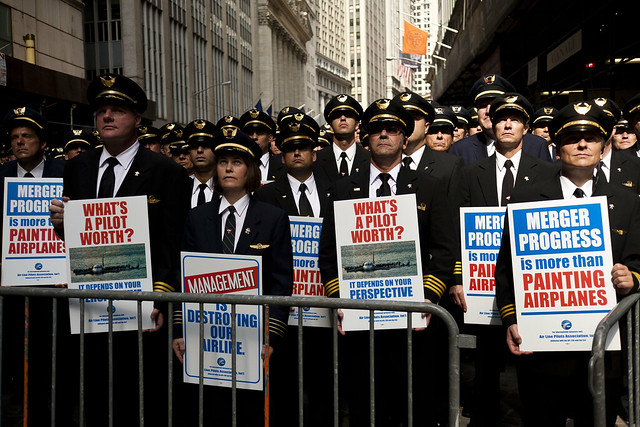
Even though the New York Times coverage of Occupy Wall Street has been negative, basically calling protestors uninformed patchouli-smelling hippies, the latest dispatch from Occupy Wall Street talks about how the protesters have formed a village in Zuccotti Park:
There are information stations, a recycling center, a media center where a gasoline generator powers computers. At the east end sits the library, labeled cardboard boxes brimming with donated books: nonfiction, fiction, poetry, legal. There is a lost and found.
A medical station was outfitted with bins holding a broad array of remedies: cough drops, Maalox Maximum Strength, Clorox wipes, bee pollen granules. The main issues have been blisters, including some from handcuffs, and abrasions.
There are also a few therapists. Some out-of-work protesters are depressed. They need someone’s ear.
Elsewhere is a sanitation station, with designated sanitation workers who sweep the park. The park is without toilets, a problem that many of the protesters address by visiting a nearby McDonald’s.
The encampment even has a post-office box, established at a U.P.S. store, and has been receiving a steady flow of supportive letters and packages. Someone from Texas sent a bunch of red bandanas, now draped on the necks of demonstrators. Others have sent camera batteries, granola bars and toothbrushes.
Two General Assembly meetings are held each day to conduct organizational business and work on objectives. “We meet every day to decide what our demands are,” said Hero Vincent, 21, an artist and singer from Charlotte, N.C., who has been here from the beginning.
Not allowed to use amplified sound, the protesters have devised their own means of communication. Each speaker says a sentence, and then everyone else repeats it, so it ripples outward. Decisions must be by consensus. Hand signals convey responses. For instance, holding your palms upward and wiggling your fingers means approval, while holding them downward means disapproval. Level hands mean uncertainty.

Yet words such as hodgepodge and granola pepper descriptions of the protestors. Yet when the Tea Party was chanting racist slurs nary a word was said. Perhaps something about the lily-white and middle-aged nature of the Tea Party made that protest acceptable, but the diverse and young crowd at Occupy Wall Street deserve scorn.
And now they have a newspaper: The Occupied Wall Street Journal.


